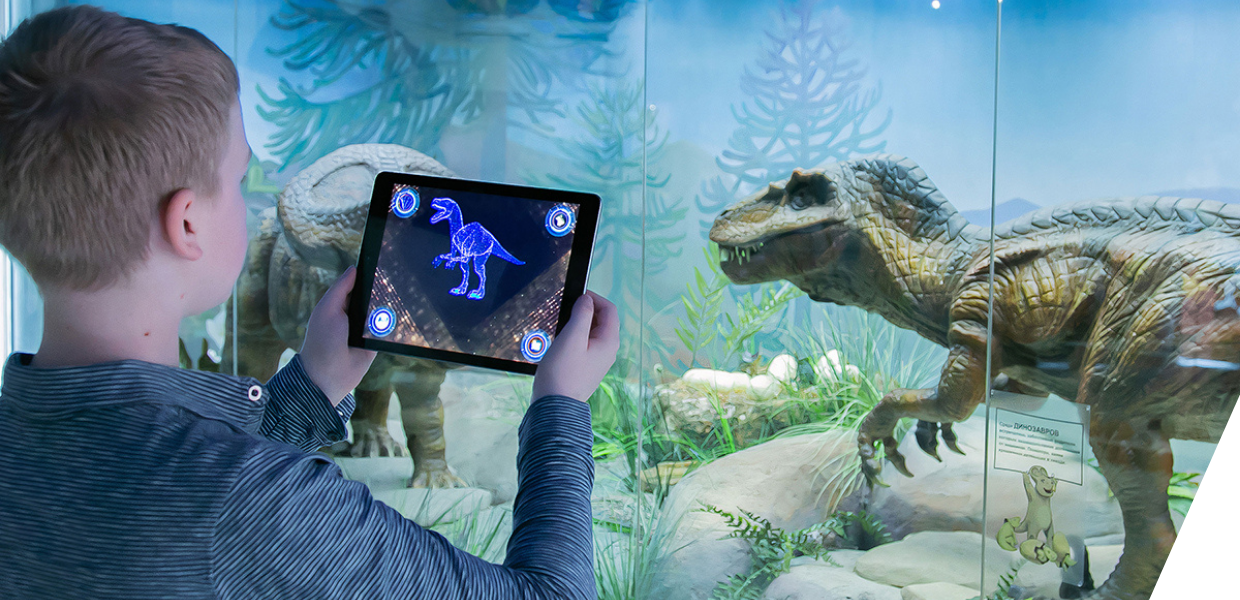In autumn 2021, Europeana was proud to be part of the international jury for the annual and prestigious Heritage in Motion awards, run by Europa Nostra and the European Museum Academy. In this theme, we talk to the 2021 award winners and find out how the cultural heritage sector is using new digital technologies in their inspiring projects.
Today, Alexander Lavrov, founder of Next.Space, tells us about LIFE CODE, winner of the ‘App’ category.
Can you tell us a little bit about your winning project?
Alexander: LIFE CODE is an augmented reality-based adventure story allowing people to actively engage in the State Darwin Museum of Evolution based in Moscow. The application explores every aspect of the Darwin Museum in detail whilst engaging people with a unique comic-book style background story and illustration.
The central idea of the quest story is that it is the year 2057 and the visitor is carrying out DNA research to decipher the genome of all living things on earth (hence the name ‘Life Code’), helped by an artificial intelligence assistant. The quest is entertaining and educational with players interacting with real exhibits in augmented reality. It’s available for Android, iOS, Windows in the museum and online.




